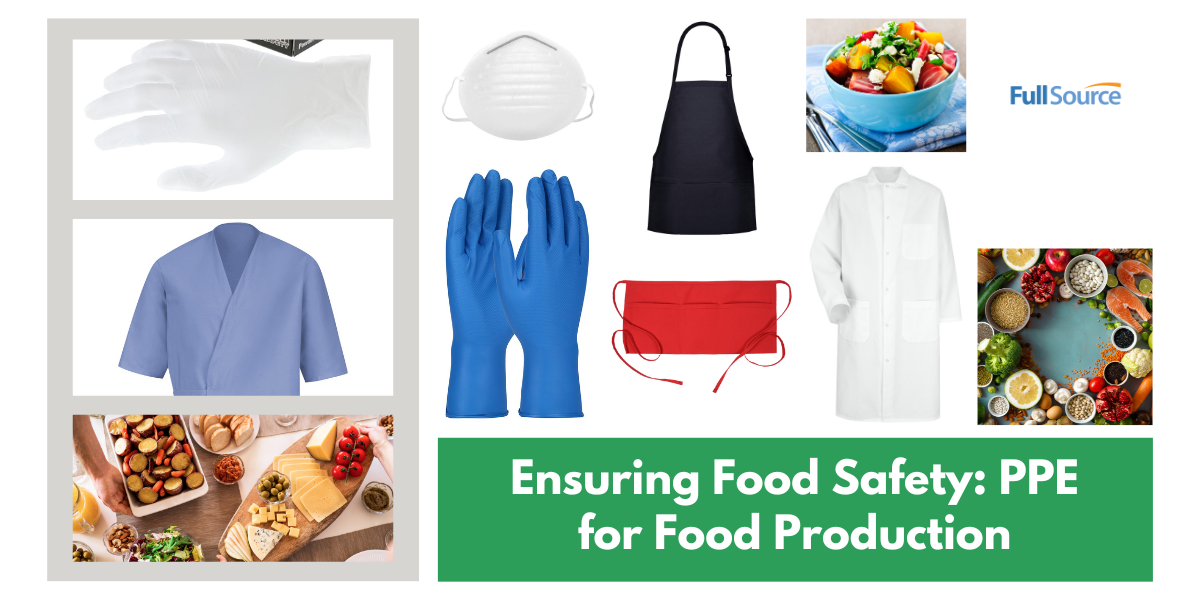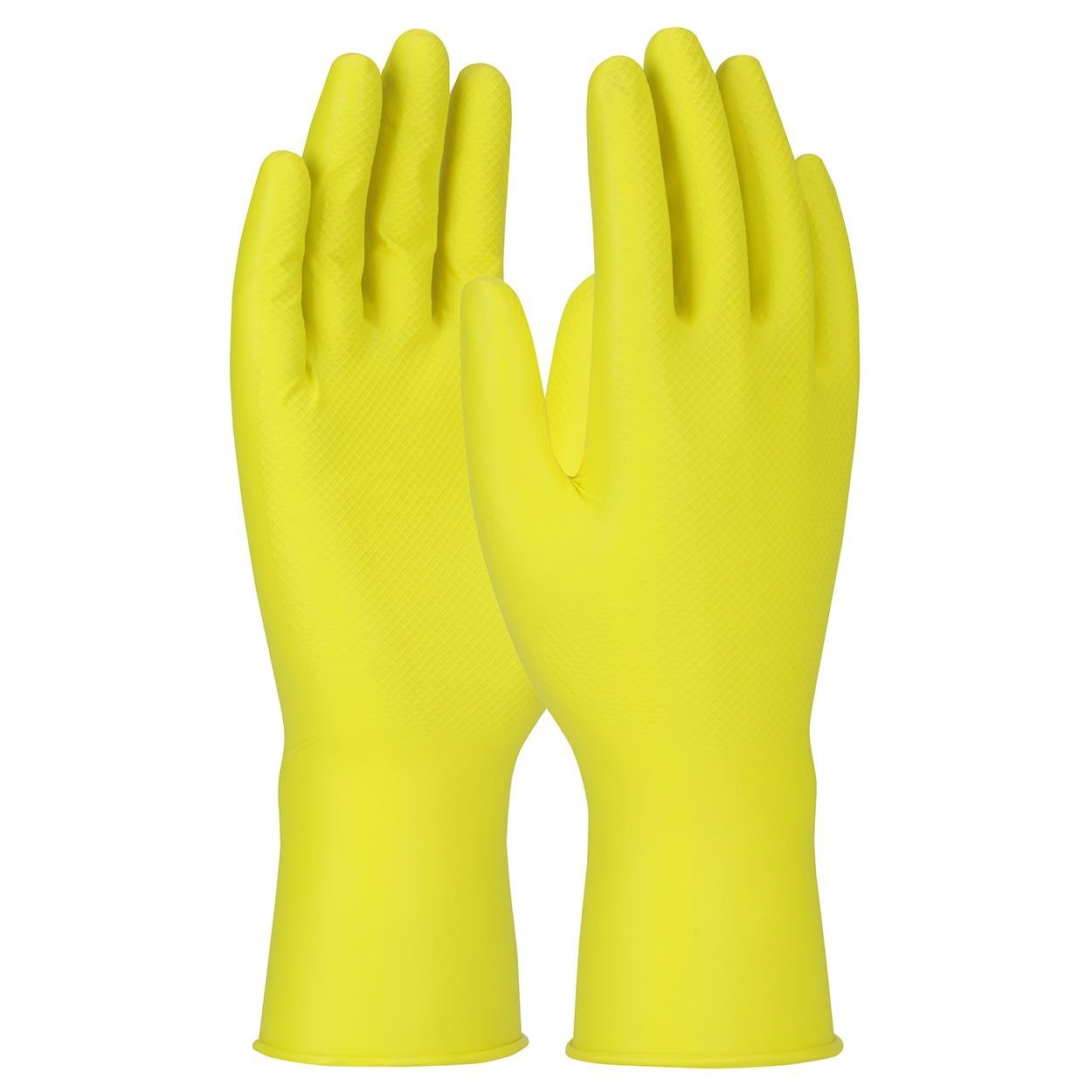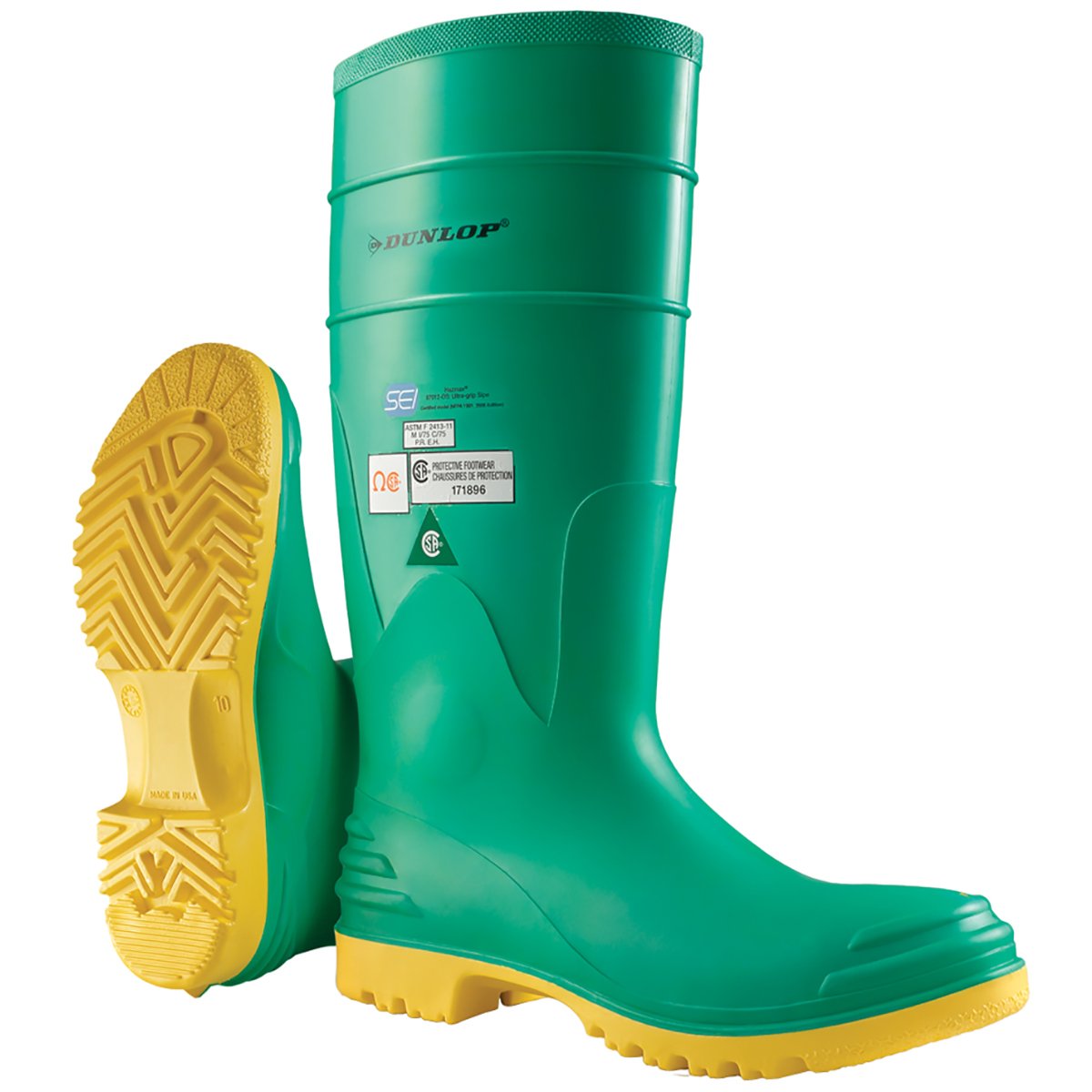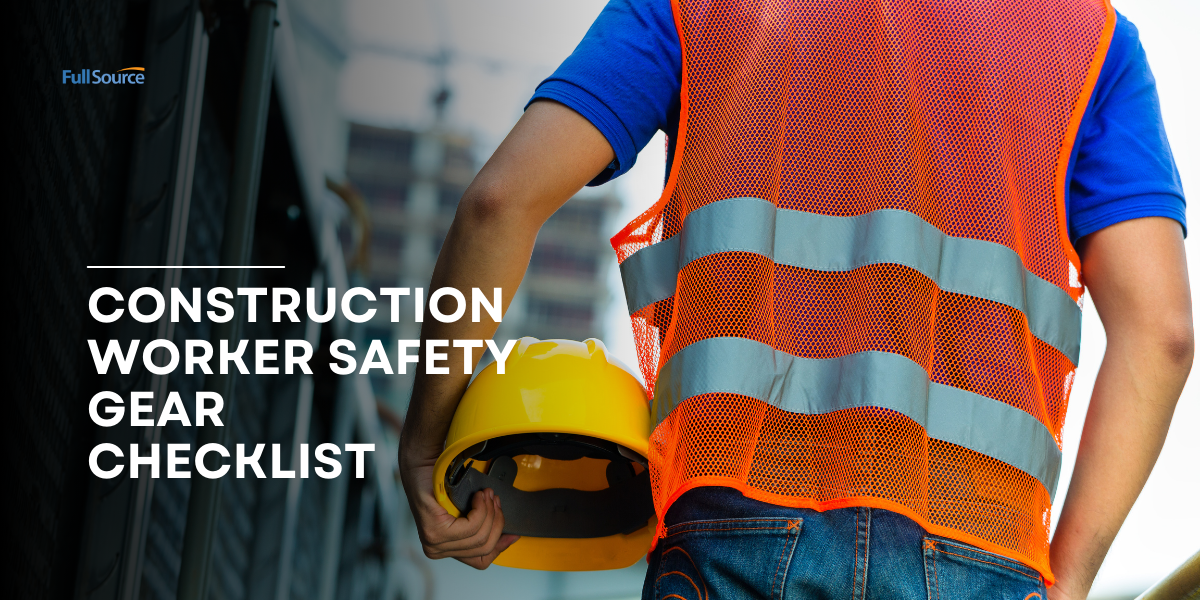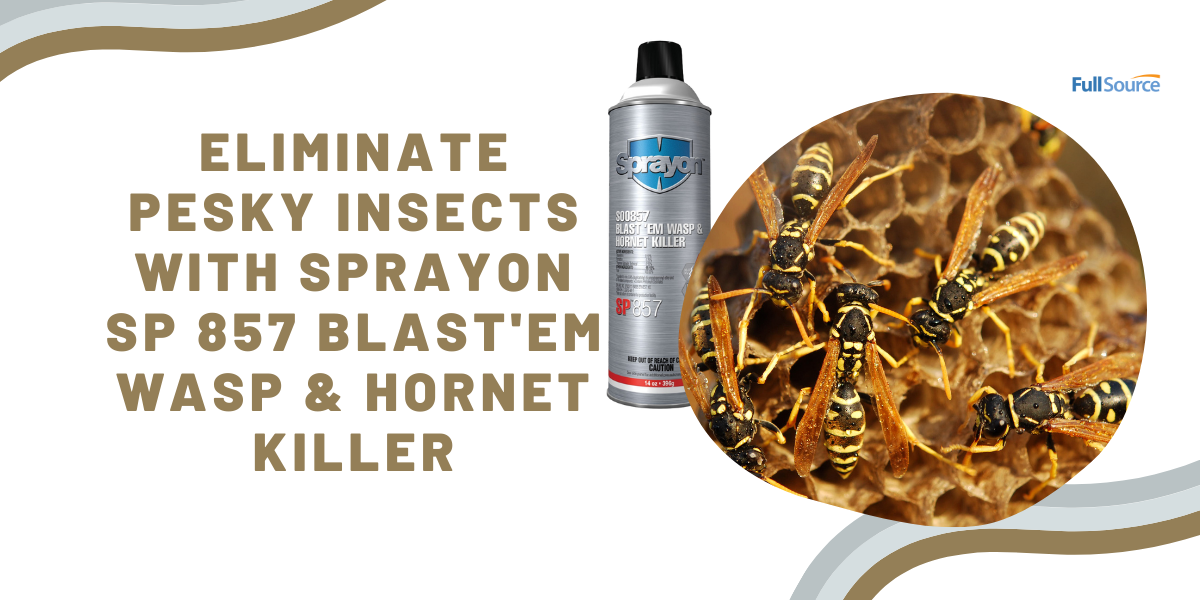In food production and handling, safety always takes center stage. Every day, professionals in the food industry actively embrace the use of Personal Protective Equipment (PPE) to ensure that the food we consume is not just delicious but also safe and hygienic. The government establishes food handling safety standards through a comprehensive and collaborative process. This involves various regulatory agencies, experts in food science and public health, and industry stakeholders. These agencies, such as the Food and Drug Administration (FDA) and the United States Department of Agriculture (USDA) in the United States, conduct extensive research and risk assessments to understand the potential hazards in food handling processes.
Therefore, when it comes to PPE in the food industry, the approach is comprehensive. Food handlers wear head covers like hair nets, beard covers, or chef hats to prevent hair from contaminating food. Also, face masks have become a staple, particularly in open-kitchen environments, to block any respiratory droplets. And our large selection of protective gear includes gloves, safety glasses, aprons, and footwear. Best-selling brands of disposable PPE like MCR Safety, PIP, Radians, and Pyramex offer protection for men and women in the food industry.
Head-to-Toe Protection: PPE in the Food Industry
First of all, food safety standards play a crucial role in ensuring that the food we consume is safe, nutritious, and of high quality. These standards, developed by regulatory bodies and food safety organizations, encompass a broad range of practices and procedures. Also, they cover everything from the proper handling and storage of food to the prevention of cross-contamination and the control of food-borne pathogens.
Also, rigorous hygiene practices, temperature control, and safe food preparation methods are at the heart of these standards. PPE or personal protective equipment worn during food production plays a crucial role in maintaining these standards. In addition, compliance by food producers, handlers, and retailers not only adheres to legal requirements; but also contributes to the health and well-being of consumers. And this fosters trust and confidence in the food supply chain.
Hand Hygiene: Gloves as a Shield
Furthermore, gloves play a pivotal role in food safety. They act as a barrier between the food and potential contaminants from hands. Whether it’s latex, nitrile, or vinyl, the right disposable and reusable work gloves can significantly minimize the risk of cross-contamination during food preparation. Our disposable gloves including MCR Safety NitriShield and SensaTouch series come in several sizes and colors. Also, for those working as butchers and in meat processing facilities, ANSI cut-rated gloves provide additional protection.
Eye Safety: More Than Meets the Eye
Another important form PPE for food processing is eye protection. Safety glasses, goggles, or face shields protect the eyes from splashes of hot oils, sauces, or other potentially harmful substances. Additionally, by preventing any direct contact between the eyes and the food, this protective gear helps to avoid contamination, thereby maintaining the food’s safety and purity. Also, in environments where precision and cleanliness are paramount, such as in large-scale bakeries, meat processing plants, or beverage bottling facilities, the use of protective eyewear becomes not just a safety protocol. But a necessity for maintaining high-quality, safe food products.
Because safety glasses and goggles come in various types, each offer specific protection for different work environments. Standard safety glasses, with or without side shields, provide basic eye protection against flying debris. We recommend them for use in general food production areas. Over-the-glasses (OTG) styles fit comfortably over prescription eyewear, ensuring that vision correction doesn’t compromise safety. And anti-fog safety glasses and goggles like the MCR Safety BearKat BK1 and Pyramex SB9310ST ensure humid and wet kitchens and food processing facilities don’t interfere with your vision while working.
Sealed Protection
In addition, goggles offer a higher level of protection by forming a secure seal around the eyes, protecting against dust, liquids, and chemical splashes. Options include vented for airflow or non-vented for maximum protection against fumes and fine particles. Specialized options include anti-fog and scratch-resistant coatings to maintain clear vision in various conditions, and UV protection for outdoor work.
Most of all, select from a variety of ANSI Z87.1-rated safety glasses and goggles from brands like DeWalt, Uvex, MCR Safety, and Bouton. For tasks requiring precision and clarity, bifocal safety glasses are available, providing magnification in addition to protection. These diverse types ensure that, regardless of the specific risks present, there is always a suitable form of eye protection available to maintain safety in food production or kitchens.
Footwear: Stepping Up Safety
Furthermore, protective footwear in food production is a fundamental aspect of workplace safety. And these durable work shoes and boots from brands like Dunlop, Portwest, and PIP address various hazards specific to food processing environments. These shoes or boots feature durable, waterproof materials like PVC or rubber. And not only prevents water and other liquids from penetrating but also offers easy cleaning to maintain hygiene standards.
Also, the soles are slip-resistant, providing essential traction on wet or greasy floors common in kitchens and processing areas. Thereby reducing the risk of slips and falls. Many styles also include safety toes, often made from steel or composite materials. This is to protect feet from heavy falling objects or accidental impacts. Some footwear is also designed to resist the buildup of static electricity. This is important in preventing sparks that could ignite flammable materials or damage sensitive equipment.
Additionally, comfort plays a crucial role, as workers spend long hours on their feet; hence, ergonomic features like padded insoles and arch support are integral to these protective shoes. Overall, the right protective footwear ensures safety, comfort, and hygiene. All of which are vital for efficient and safe food production. And some food production facilities require visitors to use waterproof shoe covers. This includes styles like the LIFT Safety ASC-16BW or the Dunlop 97590. Overshoes from Dunlop also fit over your regular work shoes, providing extra grip and waterproof protection.
Body Protection: Aprons and Coats
Also, in food production, aprons and butcher coats from brands like Red Kap are indispensable garments that serve multiple purposes. They act as a protective barrier, guarding the wearer’s clothing and skin against spills, splashes, and other potential contaminants. This protection is crucial not just for personal safety. But also for maintaining the cleanliness and hygiene of the food being processed. Aprons used in food production are made from materials like PVC/polyester, polyethylene, or heavy-duty cotton. Which are easy to clean and resistant to penetration by liquids and oils. And low-cost disposable aprons like the PIP 200-01002 single-use embossed polyethylene aprons are used in kitchens, cafeterias, food trucks, and industrial facilities.
While some aprons also come with specialized features, such as fire-resistant materials for use in high-temperature cooking environments or disposable options for single-use scenarios to prevent cross-contamination. Additionally, aprons can have pockets or loops for holding tools or essential items, increasing efficiency and convenience for the wearer. By incorporating aprons into their uniform, food production workers ensure a safer, more hygienic, and more efficient work environment, contributing to the overall quality and safety of the food products they handle.
Conclusion
In conclusion, PPE for food production serves as a critical component in maintaining the highest standards of food safety. By equipping food handlers with the right protective gear, we ensure that the journey from farm to fork is not just delicious but also safe and hygienic. In the world of food safety, PPE truly is a key ingredient.

